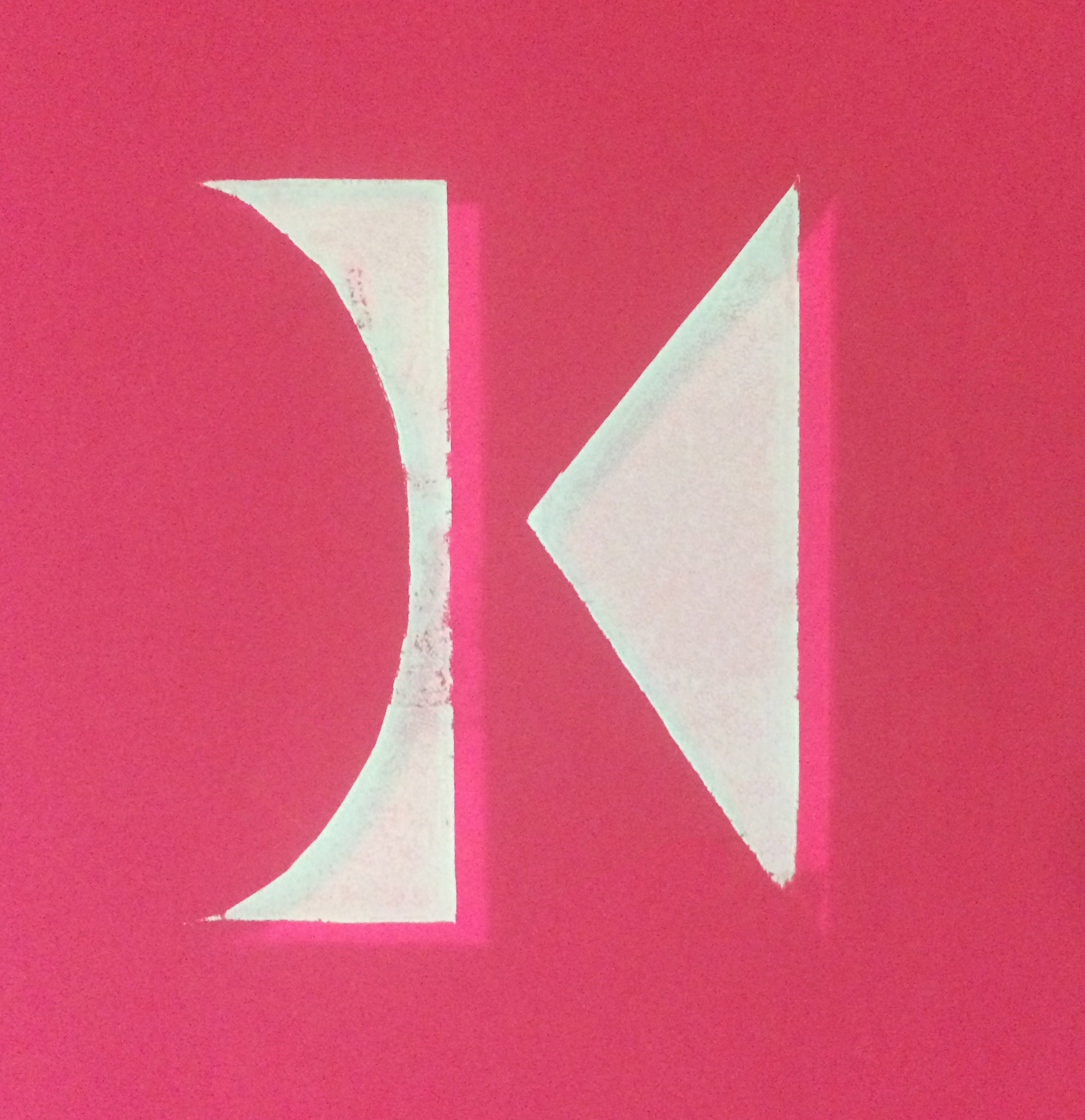Ehsas: Mumbai Tourism
THE PROBLEM: TOURISM IN MUMBAI
The manner in which Mumbai is portrayed sets certain negative stereotypes in tourists' minds that prevent them from exploring its rich cultural diversity.
THE BRIEF:
Design an experience that engages Western tourists in exploring the cultural essence of Mumbai in an innovative way.
TARGET AUDIENCE:
Male and female tourists between 20-35 years of age, in Mumbai from Western countries like America, Europe, and England.
CONCEPT/ STRATEGY:
Sensory Tourism: Use the five human senses to explore the Sights, Smells, Sounds, Taste and Touch of the culture of Mumbai.
DELIVERABLES:
Branding, promotional campaign, a printed guide, and a smartphone application.
BRANDING:
PROMOTIONAL MATERIAL: SERIES OF POSTERS:
The promotion would span across a range of media covering both the print and the digital realm. Different posters would be placed in several public locations around the city such as bus stops, LED Screens, and Billboards, to attract the TA's attention.
Poster for Sights of Mumbai
Poster for Smell of Mumbai
Poster for Sounds of Mumbai
Poster for Tastes of Mumbai
Poster for Touch of Mumbai
The LED Screens would have speakers with the sound of waves coming out from them.
Print adverts in magazines on international flights to Mumbai would be another point of promotion.
SOCIAL MEDIA CAMPAIGN:
As the tech-savvy target audience stay informed about the world through social networking sights which lead to the idea of a social media campaign that focused primarily on Instagram, Facebook, and Twitter. Instead of posts about sightseeing locations in Mumbai, the campaign would consist of posts that only revealed certain parts of the photographs, which would make people curious and keep them hooked to view the next post.
The campaign would also retweet people's reviews about their sensory experiences in Mumbai along with promoting the printed guide. The hashtag #FiveSenseMillionExperiences would be consistently used across the campaign.
The pop-up shop would be seen in several location around the city and would give the target audience a chance to experience the Sights, Smells, Sounds, Tastes and Touch of Mumbai all at once through different local objects. It would also be a point of sale for the printed guidebook and would promote the smartphone application.
The guidebook, when purchased will be given in a tote bag which can be used to collect souvenirs mentioned within the book, to enhance the tourists' sensory journey through Mumbai. It further reinforces the branding and acts as a promotional tool as they discover the city carrying it around with them.
THE GUIDEBOOK:
The book is divided into different sections and also contains an illustrated map of the city.
The first part of the guide is a visual essay of Mumbai.
Through the layout and the symbols on the right side of the page, the distinction from one sense to another is made clear.
The guidebook only describes places (through words and images) and how they can be explored but does not reveal details such the address, how to get there, etc.
The application has to be used to scan the barcode at the bottom to reveal details and more information about each place.
Another special feature of the book is that it mentions objects as well as from where they can be collected as souvenirs.
SMARTPHONE APPLICATION:
USER JOURNEY:
The application would be programmed to use on an iWatch as well.

